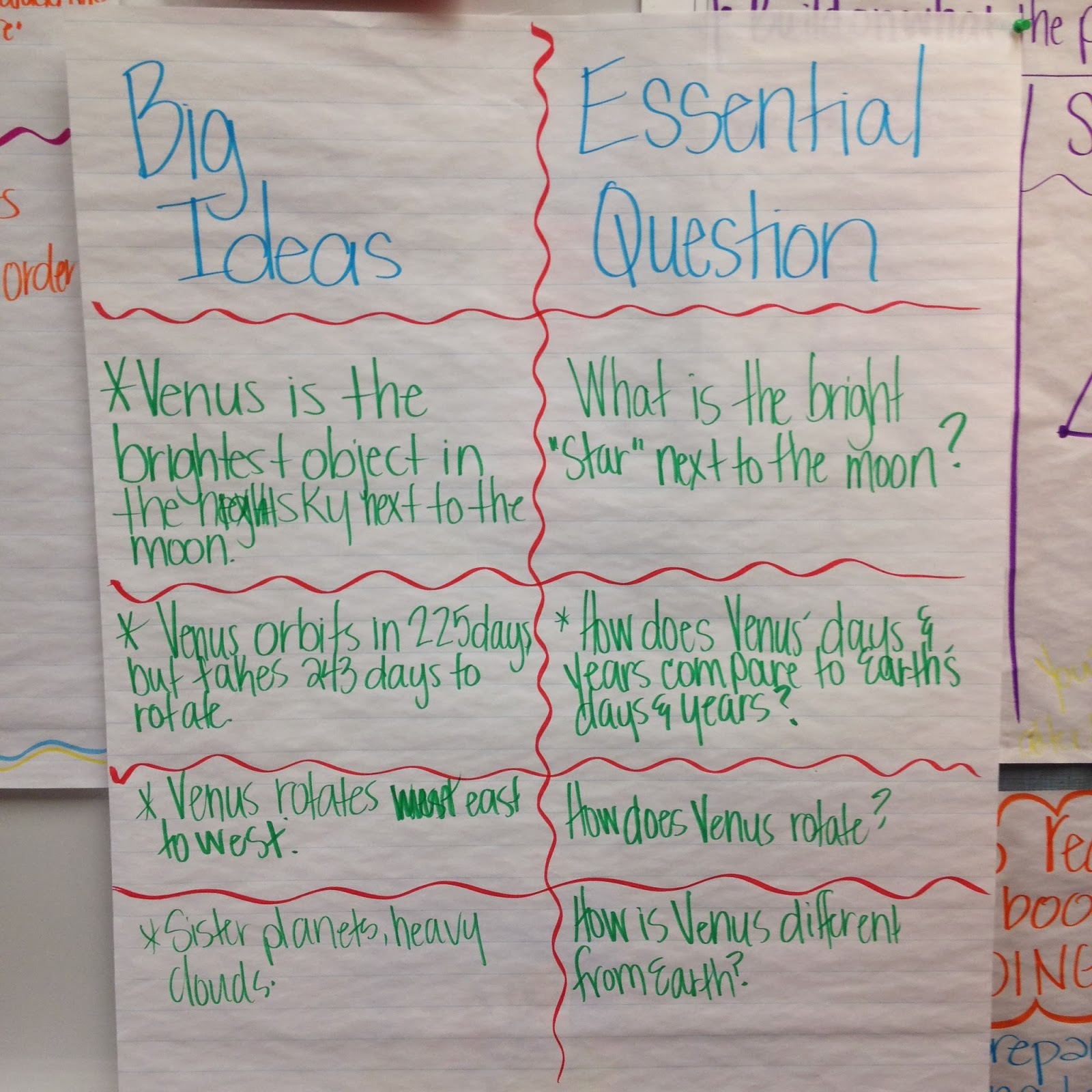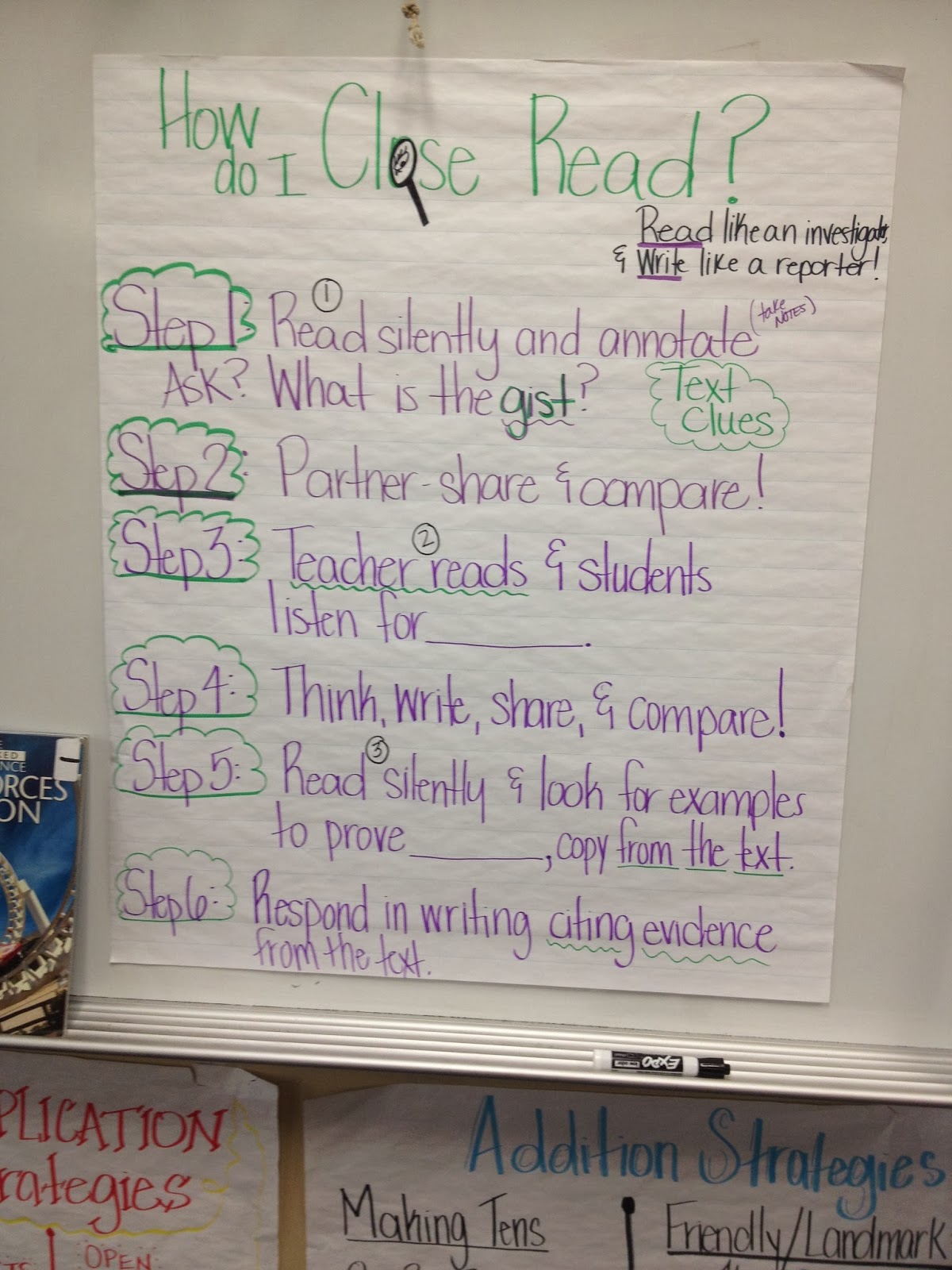As we have started our new UOI, we have been fortunate to tie it in with not only science, but literacy as well. Lucky us! So to make the most use of our time we have to examine what it is we want the children to know by the end of our unit. So the focus GLEs for this UOI are going to be:
RI 4.1- Using an informational text to find details that support inferences, and also find those explicitly stated in the text.
RI 4.5- Examine the structure of a text, or part of a text
RI 4.3- Explain procedures, & ideas or concepts in scientific, or technical text, including what happened and why.
4.W.2- Write informative/explanatory texts to examine a topic and convey ideas and info clearly.
4.W.7- Conduct short research projects
4.W.9- Draw evidence from literary or informational texts to support analysis, reflection, and research.
It's a lot, I know- but this is a big unit that will require proficiency in all of these areas to complete the summative assessment at the end of the unit.
As we move through each of the
NGSS standards we will be also hitting a CCSS right along with it. This is definitely one of the times where I feel that my teaching flows seamlessly throughout the day, as children begin to make connections in the purpose from learning to read informational text to learning about energy.
Yesterday I began reading aloud a book about energy, light, and sound. As I read the students took notes in their binders on two items: what observations they made of the text (structure/features) and what they noticed I did as a reader (reading strategies). Fun fact, as I was reading Frank Serafini's book about the readers' workshop he mentions in there that 50% of the books children read from the library are informational text, but over 90% of the books we read aloud in the classroom are narrative. So, of course we will and NEED to take some time to model how we read these texts.
Today we created an anchor chart listing the observations we made of the text and myself as a reader. I then modeled how I take my learning from the text to make a quick set of notes to refer to later. Afterwards I sent the students out to practice this skill independently.
























